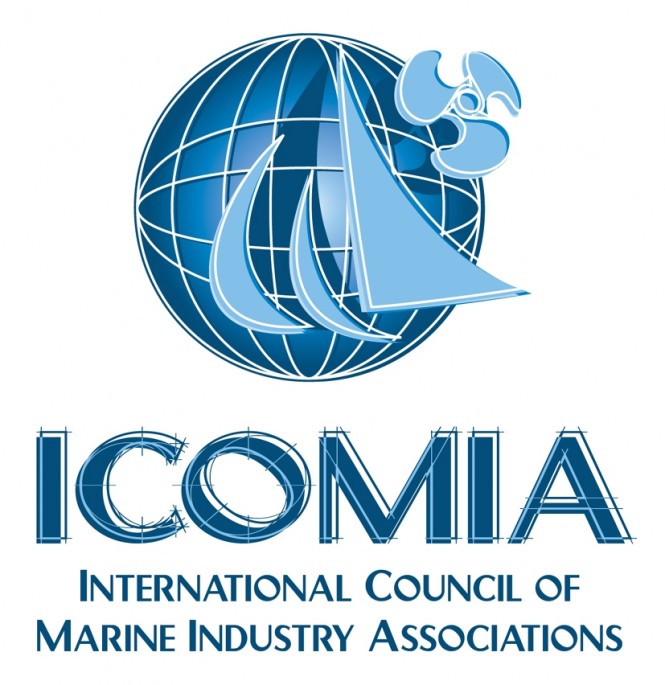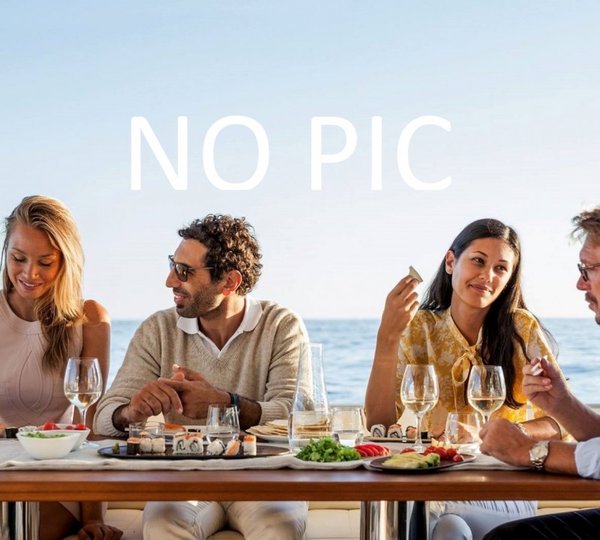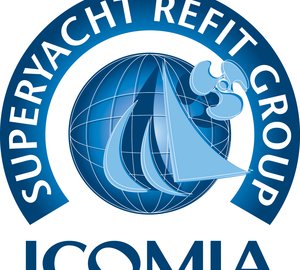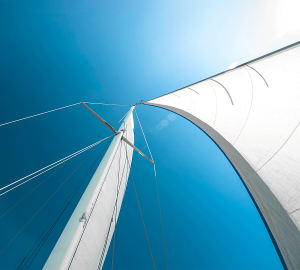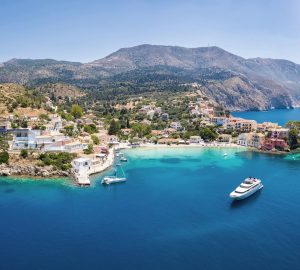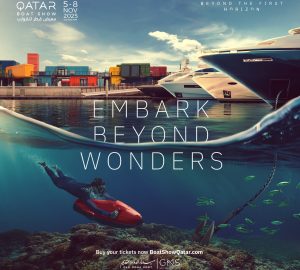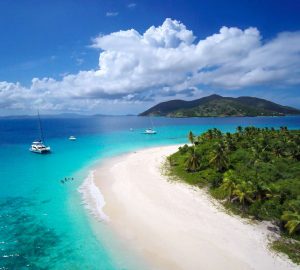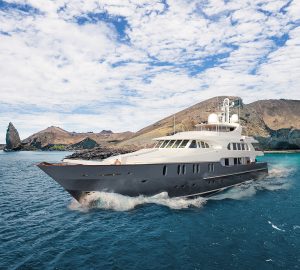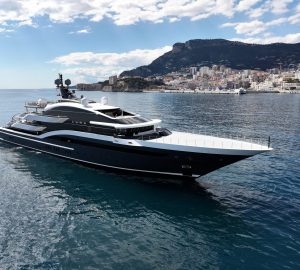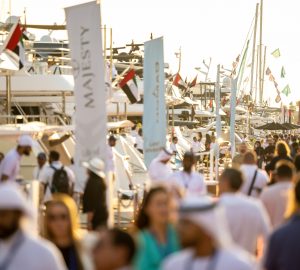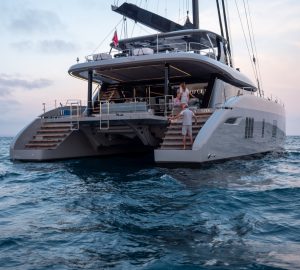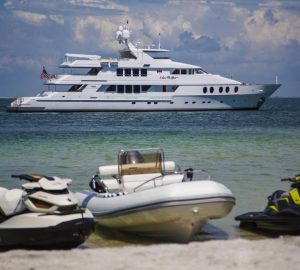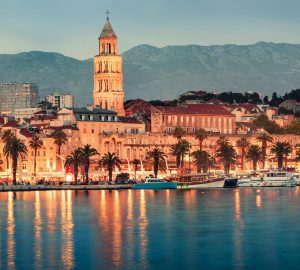The International Council of Marine Industry Associations (ICOMIA) is delighted to announce that today, Friday, April 4, 2014, at the 66th MEPC session in London, saw the IMO adopt amendments to the MARPOL Annex VI Tier III NOx emissions regulations, delaying the implementation of this regulation for superyachts <500 GT until 1 January 2021.
ICOMIA has been at the forefront of the sector’s work on the impact of the Tier III regulation since 2010 when it became apparent this was not just an engine manufacturer issue and has been active in bringing together the yacht builders, engine manufacturers, classification societies, specialist catalyst and related equipment manufacturers to assess and attempt to resolve the challenges of fitting compliant equipment in superyachts.
Tony Rice, ICOMIA Secretary General commented on the news from the IMO HQ in London: “This has been a three year journey for us, from initially understanding the implications of this regulation to what we’ve achieved today – the amendment being adopted successfully. I am very grateful for the significant support received from our marine industry association members, their yards and our sister association SYBAss.
Critical in our success was our major impact assessment comprising of three separate studies that we completed a year ago. The support of several national administrations has been fundamental to the work undertaken at IMO. In particular, I’d like to single out the Marshall Islands rRegistry that have submitted papers on our behalf and engaged with key Flag States in the submission of these final successful amendments at MEPC 66. This five-year delay will allow the industry time to develop more optimised solutions for Tier III compliant installations on these yachts”.
Additional Information:
ICOMIA’s Design, Technical and Socio-Economic Studies – Following a 2011 participation in the ‘IMO Correspondence Group on Assessment of Technological Developments to Implement the Tier III NOx Emission Standards under MARPOL Annex VI’, ICOMIA initiated three separate studies to examine and inform the specific impact of this regulation in the superyacht sector and provide robust data in the hope of initiating an exception or delay to the regulation.
Lobbying Flag States – With the original 2016 Tier III entry into force looming, ICOMIA began working with leading IMO Flag States in order to delay the introduction of the Tier III regulations for yachts <500 GT in order to allow the industry time to develop optimised Selective Catalytic Reduction (SCR) system solutions.
MARPOL Annex VI: History – Globally, pollution of the seas, including dumping and oil /exhaust contamination is regulated by IMO through its ‘International Convention for the Prevention of Pollution from Ships’ (MARPOL), which was introduced in 1973/78.
In 2005, IMO’s MEPC agreed to revise MARPOL’s Annex VI with the aim of significantly strengthening the emission limits in light of technological improvements and implementation experience. As a result of three years examination, the revised MARPOL Annex VI was adopted in 2008. The main changes to MARPOL Annex VI were a global progressive reduction in emissions of Sulphur Oxides (SOx) Particulate Matter (PM) and Nitrogen Oxides (NOx) and the implementation of more stringent local limits in Emission Control Areas (ECAs).
NOx Tier III – Whilst the SOx reductions only affect large carriers thriving on high sulphur fuel, the NOx reductions impact the superyacht industry – as they require exhaust gas aftertreatment. These NOx emission limits, which are set for installed marine diesel engines of over 130 kW, are commonly referred to as Tier I, II and III. NOx Tier III is considered one of the most stringent marine emission rules with the greatest potential impact on the superyacht industry.

